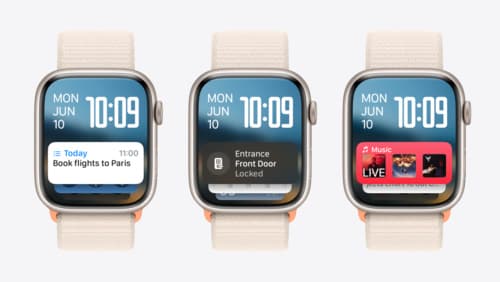UITableViewHeaderFooterView
Asked on 2024-09-03
1 search
The UITableViewHeaderFooterView is not directly mentioned in the provided context from the WWDC sessions. However, there are discussions related to headers and sections in SwiftUI, which might be relevant if you are looking to implement similar functionality using SwiftUI.
For example, in the session titled "Demystify SwiftUI containers," there is a segment about creating headers and footers for sections in a custom container. This involves using new APIs to manage sections and headers within SwiftUI views.
If you are interested in learning more about handling headers and sections in SwiftUI, you might want to check out the Demystify SwiftUI containers session, specifically the section on "Sections" starting at 10:42.

What’s new in SwiftUI
Learn how you can use SwiftUI to build great apps for any Apple platform. Explore a fresh new look and feel for tabs and documents on iPadOS. Improve your window management with new windowing APIs, and gain more control over immersive spaces and volumes in your visionOS apps. We’ll also take you through other exciting refinements that help you make expressive charts, customize and layout text, and so much more.

Evolve your document launch experience
Make your document-based app stand out, and bring its unique identity into focus with the new document launch experience. Learn how to leverage the new API to customize the first screen people see when they launch your app. Utilize the new system-provided design, and amend it with custom actions, delightful decorative views, and impressive animations.

What’s new in watchOS 11
Explore new opportunities on Apple Watch, including bringing Double Tap support to your watchOS app, making your Smart Stack widgets even more relevant and interactive, and displaying your iOS Live Activities in the Smart Stack.
